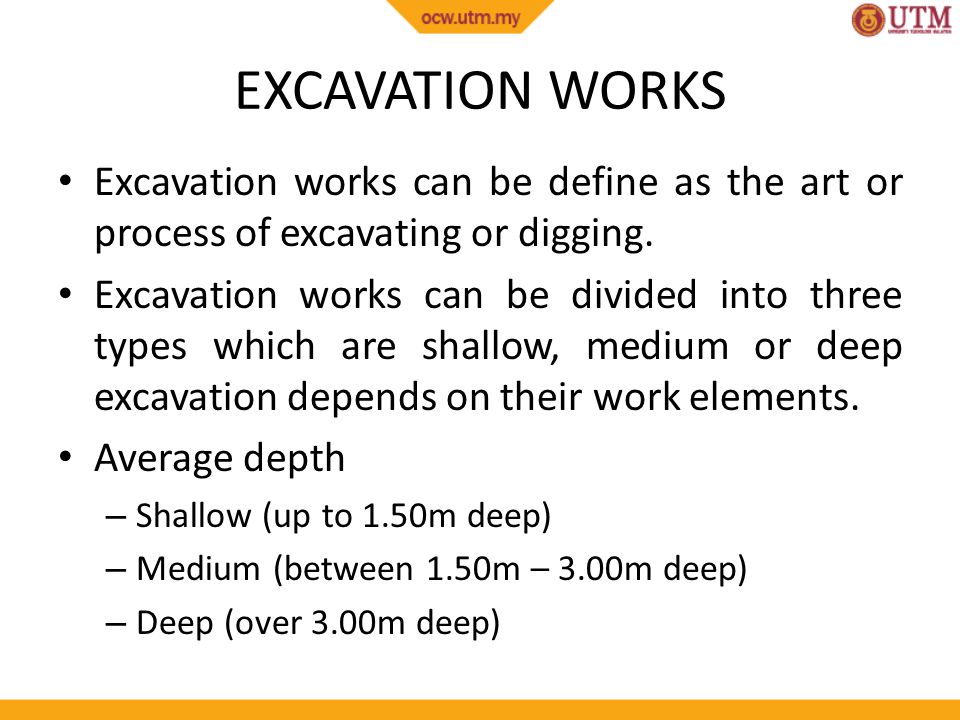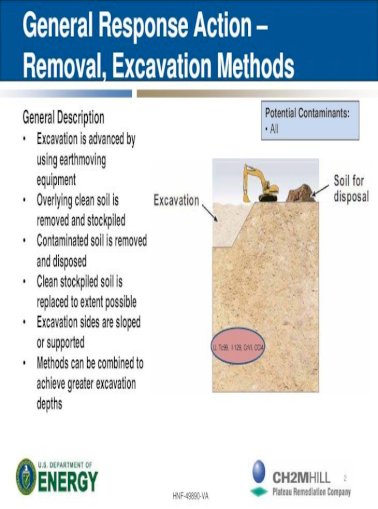Excavation Companies Fundamentals Explained
Wiki Article
The 8-Minute Rule for Trencher
Table of ContentsAbout Excavation Contractors Near MeExcitement About Mini ExcavatorExcavation Companies for Beginners4 Easy Facts About Excavating Contractors ShownHow Grading Contractors can Save You Time, Stress, and Money.


Scrapers or Pans excavate dirt in one area, haul and also dispose the dirt in another spot (demolition). It is challenging to match the effectiveness of scrapes for cut/fill soil operation if the haul distance is much less then a mile. Scrapers are generally drawn by a rubber tire wheel tractor as well as are sometimes pushed through the cut location by an excavator.
There are often times that scrapers are not utilized for website grading and also a dump vehicle is employed: the haul may be to long, the haul may cross roads where scrapers are not permitted, hard rock may be come across, devices availability, etc. Discard trucks are in common usage and also most likely call for little discussion.
"Rock body" beds, on the various other hand, have no tailgates and also can dispose any dimension rock, although their quantity capability is diminished. Compaction Equipment enhances the density of the soil and in some instances provides a smooth, rolled surface area.
Concrete Contractors Things To Know Before You Buy
From a straightforward examination pit to percussion drilling to core boring the proprietor has progressively extra costly alternatives that produce significantly better information concerning the website underground. For instance, the Proprietor on a 100,000 SF structure job may authorize twenty dull areas with split spoon soil samples taken until rock is reached and afterwards core examples of rock.Understanding the type as well as high quality of rock (from the core examples) as well as area of rock (from the dirts boring) is a real benefit in jobsite preparation. Conversely, the Owner of a 100,000 SF building might determine to proceed with no geotechnical testing whatsoever. The choice regarding geotechnical testing is typically made by an Owner with no input from the Building Manager.
An understanding of the approximate place of the rock assists the Building and construction Manager to prepare the sequence of steps following rock excavation. If rock is in one corner of a big building job, for instance, the earth excavation could start at the contrary end of the structure in order to start foundation job soonest.
Starting the structure work early would be a good concept if the rock might be gotten rid of by tearing. If the rock is very difficult and also needs substantial blasting, it might be prudent to hold structure job up until the blasting is finished. The Building Manager should collaborate these types why not try this out of decisions as well as use all the technological date readily available.
What Does Grading Contractors Do?
Unidentified excavation states that all rock or various other unexpected materials (excluding unsafe products) experienced in the sitework will certainly be the obligation of the Professional at no change in contract price. An unidentified excavation is less complex from a book-keeping standpoint and also positions the obligation for geotechnical conditions onto the Sitework Professional.It's fantastic what a hefty rain can do to a building job. Prior to the rain, the website may be dry, hefty tools efficiently relocating planet, the various other trades smoothly doing their job.
In a lot of locations of the globe, the Construction Manager should bear in mind a straightforward reality: IT WILL RAIN. Excellent preparation can decrease the damages as well as disturbance of a hefty rainfall to a jobsite. Commonly the excavation and also grading is entrusted to the Sitework Specialist (and their Foremen is responsible to oversee as well as guide the heavy equipment and drivers).
Therefore the Building Manager need to be continually knowledgeable about what rain will do to the job site. It is not unusual for the Sitework Supervisor to function their hefty tools for maximum efficiency and wish it does not rain. Among the very best methods to plan for rainfall is to slope all grades to drain and also to smooth rolled the surface before a rain.
4 Simple Techniques For Excavator
The Building Manager have to be perceptive sufficient to insure that heavy rainfall does not quit working on the task longer than required. Daily conversations with Sitework Foremen may be required to attain this goal. Any type of time excavation is required below the existing water level on a task, the procedure of dewatering should be considered.In an absolutely natural dirt, the water travels so slowly through the clay or silt that dewatering is not normally essential for the fairly brief time of excavation. Dewatering may be required for a single ground excavation or for an entire project website. One of the most usual dewatering approaches are trench drains pipes, deep wells and also well factors.

Ground water seepage can also be lowered by cutoff approaches such over at this website as sheet stacking. High dewatering prices have faded the earnings margins on much also lots of projects.
This choice more information should constantly be thought about when examining the possibility of dewatering. Undoubtedly the option is only sensible if gravity can run the water to lower ground. Trench drains pipes can be cut with a backhoe and also full of a rugged, granular product (# 4 stone for instance), but treatment has to be exercised in selecting the water electrical outlet type as well as area.
The Best Strategy To Use For Mini Excavator
A siphon, necessarily, utilizes climatic pressure to lug water from one altitude, up over an obstacle, to a lower altitude. The pipes in a siphon system should be airtight as well as some ingenuity is commonly needed to completely fill the siphon pipeline. The siphon pipe have to be full for the siphon to start.A deep well contains a pump, hose pipe and an upright well casing. The pump intake is at the bottom of the well covering (normally some smashed rock is placed down there as a filter tool) (excavator). The water is pumped up the hose, out of the well covering, and to an appropriate discharge area.
In a rugged sand, as an example, a large area can be pumped to near the pump intake altitude. A much less absorptive dirt, on the various other hand, decreases the performance of a deep well. Considering that the pump is generally at the end of the deep well, there are no elevation limitations because of vacuum lift, and also deep wells can decrease the groundwater over 50 feet.
On the bottom of the wellpoint there is a 2 foot long screen and valve, water jets out of this shutoff and produces an opening right into which the wellpoint pipeline can be decreased. This hole is usually made a bigger size (for example 10 inches) to permit a coarse sand backfill to assist filter the water (demolition).
Report this wiki page